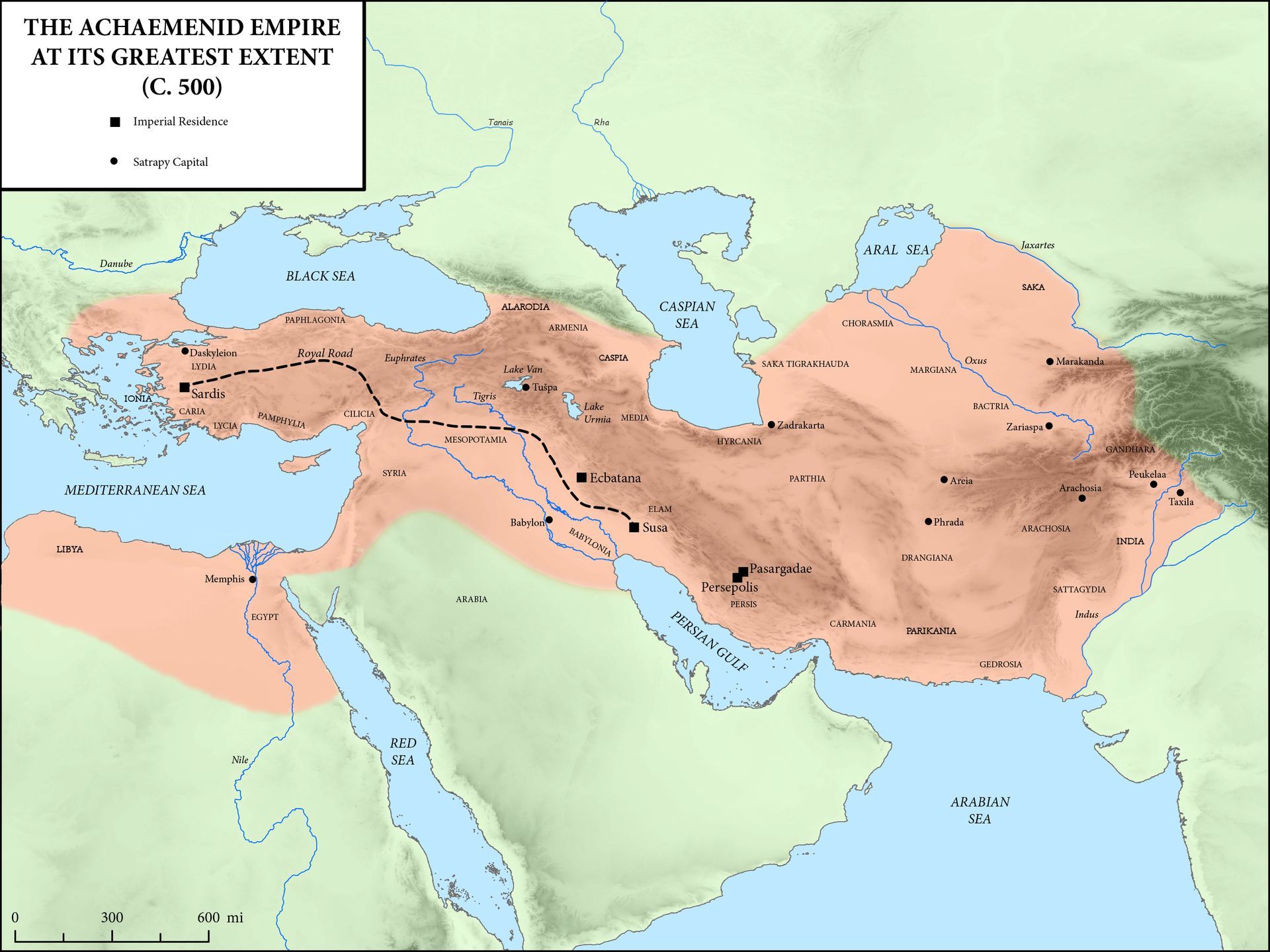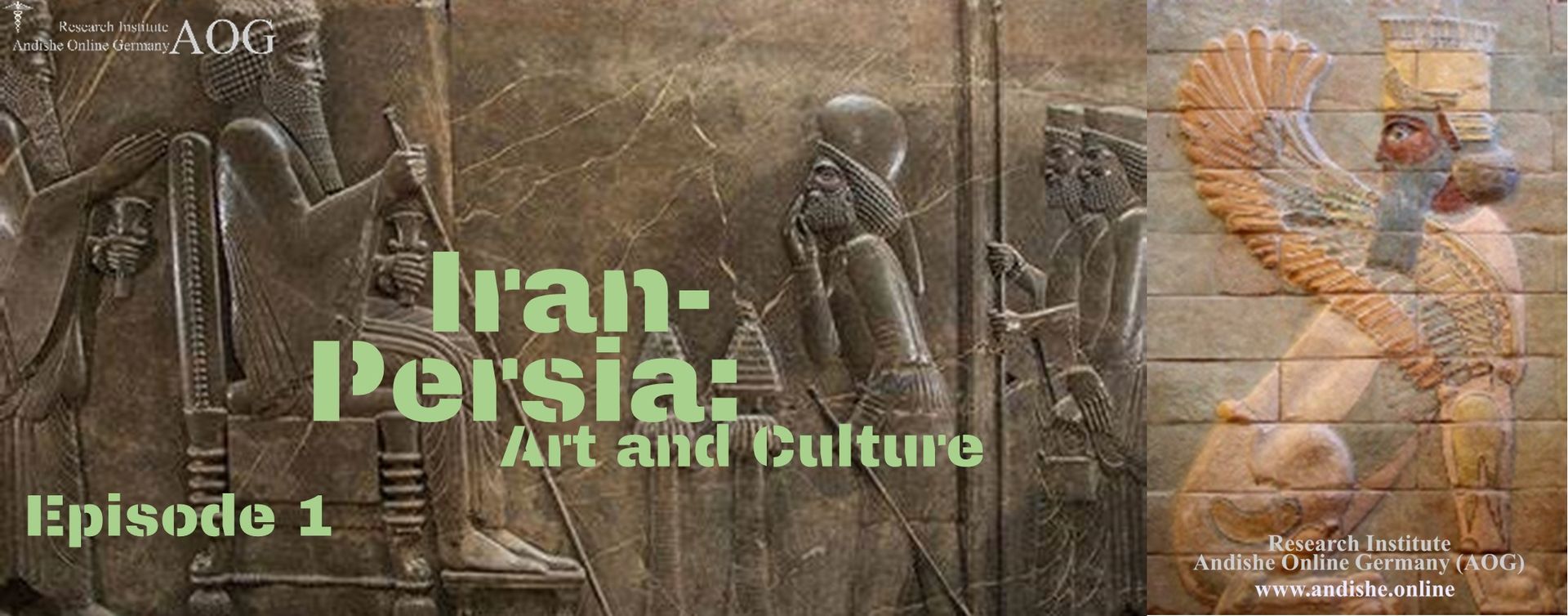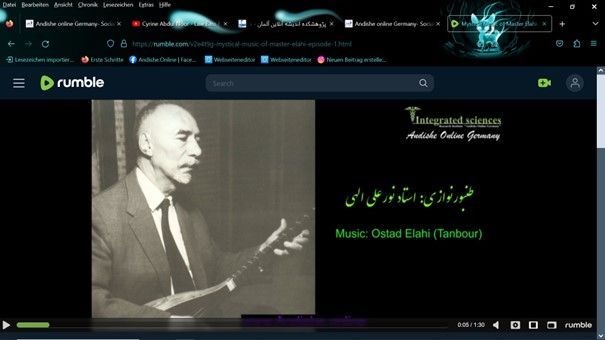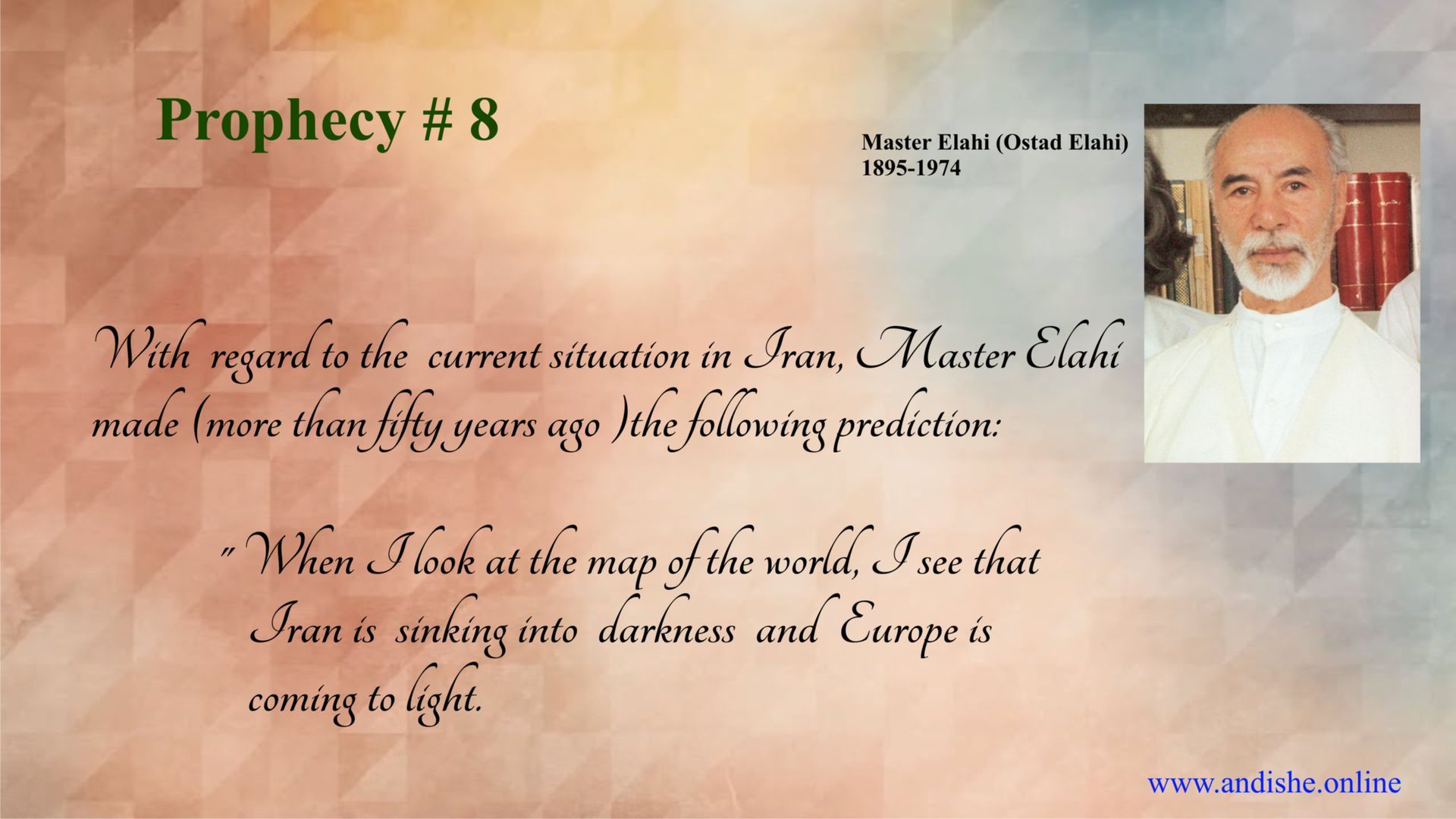Podcast &Video clip at the bottom of the page
The audio format of this article, designed for visually impaired individuals, can be found at the bottom of the page.

OSF:
English:
https://doi.org/10.17605/OSF.IO/EGMPC
Persian:
https://doi.org/10.17605/OSF.IO/W3M58
French:
https://doi.org/10.17605/OSF.IO/ETXPS
Spanish:
https://doi.org/10.17605/OSF.IO/DKSEQ
German:
https://doi.org/10.17605/OSF.IO/ZW47U
Arabic:
Article Metadata
Author: Faramarz Tabesh
ISNI: 0000 0005 2737 2290
Affiliation: Founder and Director, Research Institute Andishe Online Germany (AOG)
ISNI: 0000 0005 2724 714X | Ringgold ID: 823032
Journal: Andishe | ISSN: 1619-9898
ORCID: 0009-0009-2636-2126
Article Type: A Historical Overview of Ancient Iran
Keywords:
Psychology, Cognitive Discussion, Scientific Analysis, Conceptual Misconceptions, Epistemology, Interdisciplinary Critique, Philosophy of Mind
Publication Dates:
- English, Persian, and German Editions: On May 16, 2024
Archive Code: #vadh-hdvhk:Hvj hkn öhg+v_h#dc,n 1
Research and Translation: Faramarz Tabesh
The articles presented here are the result of personal, independent research conducted by Faramarz Tabesh.
Episode 1:
Persia-Iran; Introduction
"The first of the good lands that I, Ahura Mazda, created was the land of Iran [Source 1]."
(Avesta, Vendidad Fargard 1.2)
A brief overview of Persia (Iran)
1-Geographical scope of ancient Iran-Persia

1.2 The Achaemenid Empire – The first old Persian Empire
The map presented here illustrates the geographical extent of Iran during the Achaemenid Empire, some 2,583 years ago. It should first be noted that the data for this map and dozens of similar maps from academic centers around the world are consistent, so the accuracy of the map can be entirely accepted.
Secondly, Iran's political and geographical situation before the Achaemenids in the civilization of Elam and the Medes is of secondary importance in this article. However, it can be said with certainty that an empire of this size with an area of eight million square kilometers could not have been created in just a few decades. Therefore, it is highly likely that this empire's formation took at least several centuries. This conclusion implies that this massive civilization must have existed several centuries before the Achaemenids.
As already stated, Iran's 2583-year history can be considered sufficient to meet the purposes of this article.
Considering the facts shown on the map, the border area of Iran during the Achaemenid Empire can be sketched as follows:
In the West:
1. the northern part extended along the border of ancient Greece and around present-day Hungary.
2. the southern part extended from the west over a large part of North Africa, including Egypt and Libya.
The South:
3. 3- From the south, from Thebes to Jerusalem and from there to Babylon and from Babylon to all the region in the south of the Persian Gulf that now includes Kuwait, Qatar, the Emirates, Bahrain, and the northern part of Oman, to the end of Hyderabad in present-day Pakistan.
In the north:
4. in the north, the area stretched from present-day Hungary to the southern parts of Russia, i.e., present-day Georgia, Azerbaijan, and Turkmenistan, and in the far north, in the northeast, all the areas around the Aral Sea in Central Asia.
In the east:
5. in the east, the empire included all the territories of present-day Pakistan and Kashmir as far as part of the Himalayan Mountains bordering India in the north of this country.
The seas and lakes:
6- This geographically pervasive area includes the three large Aral Lakes, the Mazandaran Sea (Caspian Sea), and the Black Sea in the north, as well as the Persian Gulf, the Sea of Oman, and one of the two northern branches of the Red Sea in the south, which flows into the Gulf of Aden. The Mediterranean Sea in the west also belonged to this empire, connected to the Atlantic Ocean (Atlantic Ocean) by the Strait of Gibraltar in southern Spain. It should be noted that dozens of smaller lakes also belonged to this vast empire.
[ Source 2]
2- Position of the Persian language (Parsi or Farsi) worldwide
The language of the ancient Iranians was Old Persian, which developed over time into Pahlavi Persian (Middle Persian) and finally into modern Persian. The latter is used by Ferdowsi [1], the famous Iranian epic poet, in Shahnameh [2].
In the countries separated from Iran, Parsi or Farsi is spoken with an accent and occasionally with local expressions.
Some sources argue that the ancient Iranians moved to this region around a thousand years before Christ. However, this assumption does not seem very plausible. Archaeological evidence shows they had lived there since ancient times.
Reliable sources put forward a scientific thesis that the name "Iran" has the meaning "land of the Aryans" (Sanskrit: ārya, Avestic: airiia) [3]. This thesis is based on the research of scholars such as Professor William W. Malandra from the University of Minnesota, Professor Nicholas Sims-Williams, a renowned linguist, and inscriptions from the Achaemenid period and later dynasties.
This research on the Persian language in eastern Iran hypothesizes that most Eastern Iranian languages had their main centers in Iran's eastern and northeastern regions, including Turkmenistan, Uzbekistan, Tajikistan, Afghanistan, Pakistan, and present-day China.
Iran-expert and orientalist Professor Richard Nelson Frye of Harvard University argues in his academic work that Greater Iran encompasses a large part of the Caucasus, Iraq, Afghanistan, Pakistan, and Central Asia, with Iran's cultural influence extending beyond to China and the West Indies.
According to Fry, Iran includes all peoples and countries where Iranian languages are used and all areas where Iranian culture is predominant.
In his research, Domenico Ingenito, a professor at the University of California, argues that the Persian language is the oldest common language in the world. It is, therefore, older than all other languages in the world. He continues in his argument:
"In the past, the Persian language was used by Iranians to prevent the downfall of their nation and to preserve their national self-awareness when foreign invaders overthrew their national governments.
It can be assumed that the charm of the Persian language, Parsi or Farsi, is rooted in the national self-awareness of the Iranians."
"The Persian language, also known as Parsi or Farsi, was the only way to unite the Indian people under a national government."
"The Iranian elite strove, in particular, to produce works in the national language that would be received throughout Iran. To this end, they published decrees, policy papers, volumes of poetry, philosophical texts, and religious and scientific books in the national language, Parsi (Farsi). However, the European Christian and Indian populations could not implement this approach due to a lack of awareness that they together were a nation.
For this reason, classical Persian literary works still enjoy outstanding status among the world's great literary works today.”
3- The origin of philosophy, science, and human rights
In his works, Pliny [Pliny the Elder], an Italian historian, naturalist, and philosopher of the first century AD, speaks highly of the gardens, architecture, and urban planning of the Iranians and the dynasties of the ancient Iranian empire. He also presents an outstanding Iranian (Persian) philosopher and scientist named Ostanes, whom he describes as the master of many Greek philosophers, including Democritus and Plato.
"Ostanes, who held an extremely distinguished position at the court of King Xerxes (Khashayarsha), disseminated his writings and thus also his thoughts in ancient Greece. These manuscripts were held in such high esteem that they were referred to as "heavenly writings" by the elite."
"The theory of the atom and the associated explanations, which aroused great interest in ancient Greece, were passed on by Ostanes to the most important Greek philosophers."
In his research, the renowned orientalist Fuat Sezgin concluded that Ostanes was the spiritual successor of the Iranian prophet Zoroaster.
According to Sezgin, Ostanes founded astronomy [which presumably dealt with the movement of stars, spatial forms, and the time determination of some phenomena]. He also owns the work " The Twelve Chapters on the Respected Stone," also known as "The Book of Ostanes the Wonderworker."
[ Source 3]
[The second episode, which addresses the topic of “Cyrus the Great”, examines the concept of "Persia as the birthplace of human rights."]
4-The first nation-state in world history
In his argument about Iran in point 2 of this article, Professor Domenico Ingenito continues:
"According to Hegel [4], Iranians (Persians) were the first people to organize the concept of nation-state in their country before this concept appeared historically in Europe and the world. With the same interpretation, they managed to achieve a national consciousness. In other words, the Iranian people (Persians) have historically been aware of their collective identity as a nation."
[Source 4]
End of episode 1
You read in Episode 2:
- Zarathustra: The Persian Prophet.
- Cyrus the Great: The extraordinary Shahanshah [1].
- Iran (Persia), the origin of human rights
And ....
Sources:
[Source 1: Information No. 5 of the following source: AVESTA: VENDIDAD (English): Fargard 1.2: https://www.avesta.org/vendidad/vd1sbe.htm]
[Source 2, 3 and 4: Comprehensive and systematic falsification and destruction of Iranian history. Investigating the extent of the catastrophe - Part I. Language of the article: Persich. A six-part article by Faramarz Tabesh. Link address:
https://www.andishe2.online/%D8%AA%D8%AE%D8%B1%DB%8C%D8%A8-%D8%B3%DB%8C%D8%B3%D8%AA%D9%85%D8%A7%D8%AA%DB%8C%DA%A9-%D8%AA%D8%A7%D8%B1%DB%8C%D8%AE-%D8%A7%DB%8C%D8%B1%D8%A7%D9%86--%D9%82%D8%B3%D9%85%D8%AA-%D8%A7%D9%88%D9%84 ]
Footnotes:
[1] Abul-Qâsem Ferdowsi Tusi. Ferdowsi was a prominent Persian poet and the author of the "Book of Kings" (Shahnameh).
Ferdowsi is considered one of the most influential figures in Persian literature and one of the world's outstanding authors.
[2] The Shahnameh (Book of Kings) is the longest epic written by a single poet. This work is the greatest epic of the Persian-speaking countries.
[3] The ancient Iranians initially employed the term "Aryan" to describe a pure race of people who believed this race possessed specific positive characteristics. Consequently, the ancient Persians (Iranians) called themselves "Ariaii."
During the period of Nazi rule in Germany, the term "Aryan" acquired a negative connotation due to the heinous crimes perpetrated by the National Socialists. The Nazis considered themselves to be part of the Aryan race.
[4] Georg Wilhelm Friedrich Hegel (1770-1831) is the most influential and last representative of German idealism.
t
A short story:
Crossing the River
A short story:
A butterfly´s dream
A short story:
A falling Leaf
Quantum dimension of matter
Tokyo experiment
Ostad Elahi's Tanbourplaying
Unification of the sciences of both dimensions
Life in space
The question is:
Reincarnation or ascending method?
The seven factors of creation
Intelligence network
Master Elahi's Prophecies
Laws of creation
Laws of creation
Faramarz Tabesh
Code of the article in the research institute:
#vadh-hdvhk:Hvj hkn öhg+v_h#dc,n 1

Audio format for the visually impaired
Soon




















